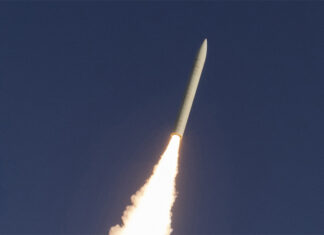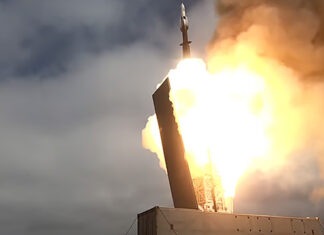
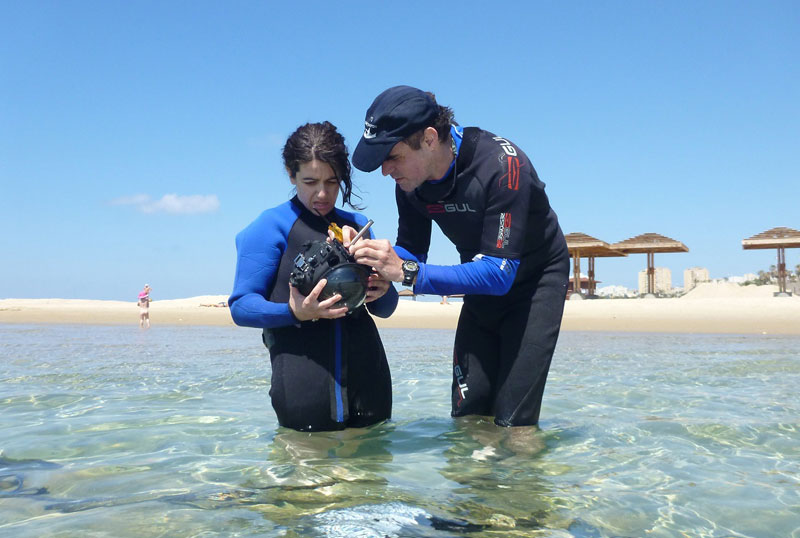
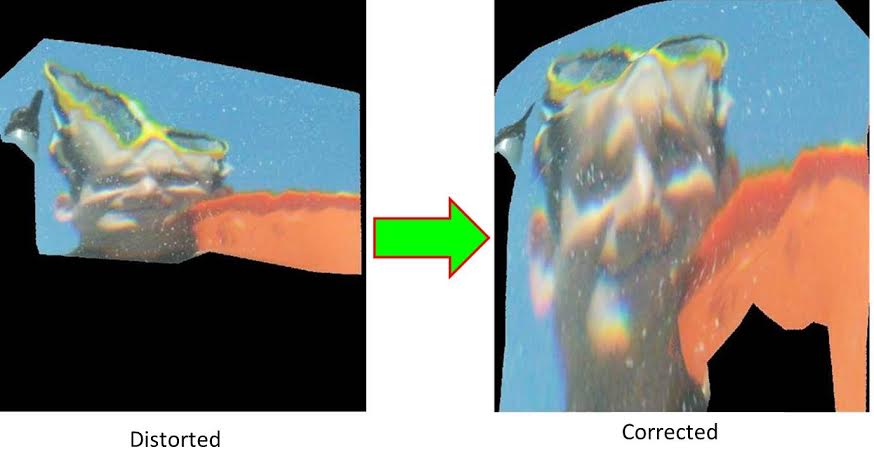
Researchers at Israel’s Technion Institute of Technology are developing a ‘virtual periscope’ that could enable submariners to look at objects floating of flying above the sea without using a periscope. Employing such submerged camera could deliver higher survivability and better stealth capabilities for submarines, avoiding exposure as their periscope pops above water. The new system employs an innovative image processing method using a pinhole array. Normally, when an underwater camera captures images of the sea surface, images are distorted by wave-induced light refraction. To correct the image researchers are using a camera staring at the sun through a pinhole array that measures the distortion of sea level in real time. The model is implemented on the distorted image captured by the camera, to correct images of floating objects.
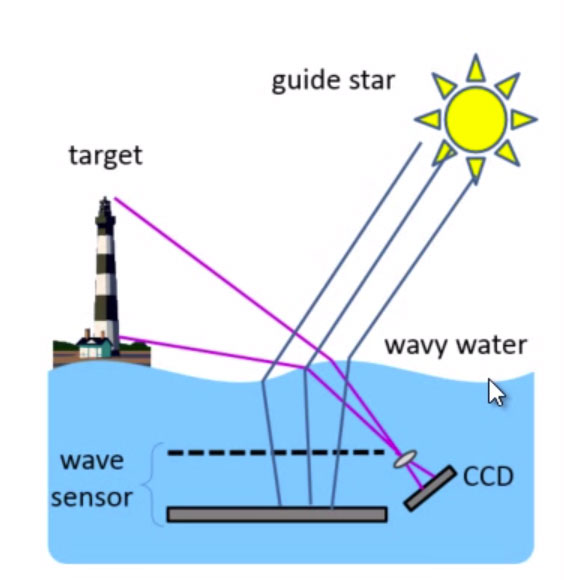
Because of the sharp refractive differences between water and air, random waves at the interface present distortions that are worse than the distortion atmospheric turbulence creates for astronomers peering into space. “Raw images taken by a submerged camera are degraded by water-surface waves similarly to degradation of astronomical images by our atmosphere. We borrowed the concept from astronomers who use the Shack-Hartmann astronomical sensor on telescopes to counter blurring and distortion caused by layers of atmosphere,” explains Schechner.
“Stella Maris is a novel approach to a virtual periscope as it passively measures water and waves by imaging the refracted sun.” Schechner added, “When the water surface is wavy, sun-rays refract according to the waves and project onto the solar image plane,” he explains. “With the pinhole array, we obtain an array of tiny solar images on the diffuser.” When all of the components work together, the Stella Maris system acts as both a wave sensor to estimate the water surface, and a viewing system to see the above surface image of interest through a computerized, “reconstructed” surface. A proof of concept system demonstrating the new method has already been tested in several lab and field experiments. Another innovation introduced by Schechner Hybrid Imaging Lab exploited natural “underwater flicker,” (rapid, random change of underwater lighting, caused by the water surface wave motion) to create a three-dimensional mapping of the sea floor.




